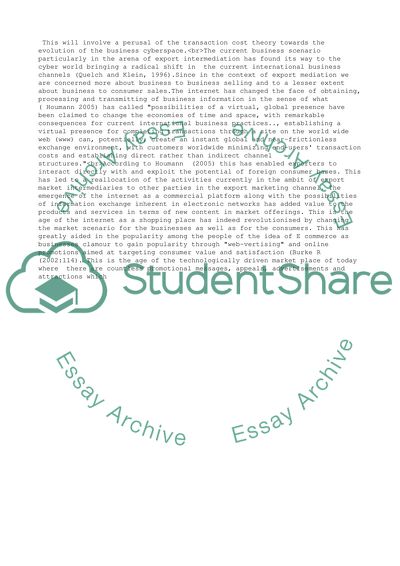Cite this document
(“E-commerce Book Report/Review Example | Topics and Well Written Essays - 5000 words”, n.d.)
Retrieved de https://studentshare.org/business/1510233-e-commerce
Retrieved de https://studentshare.org/business/1510233-e-commerce
(E-Commerce Book Report/Review Example | Topics and Well Written Essays - 5000 Words)
https://studentshare.org/business/1510233-e-commerce.
https://studentshare.org/business/1510233-e-commerce.
“E-Commerce Book Report/Review Example | Topics and Well Written Essays - 5000 Words”, n.d. https://studentshare.org/business/1510233-e-commerce.


